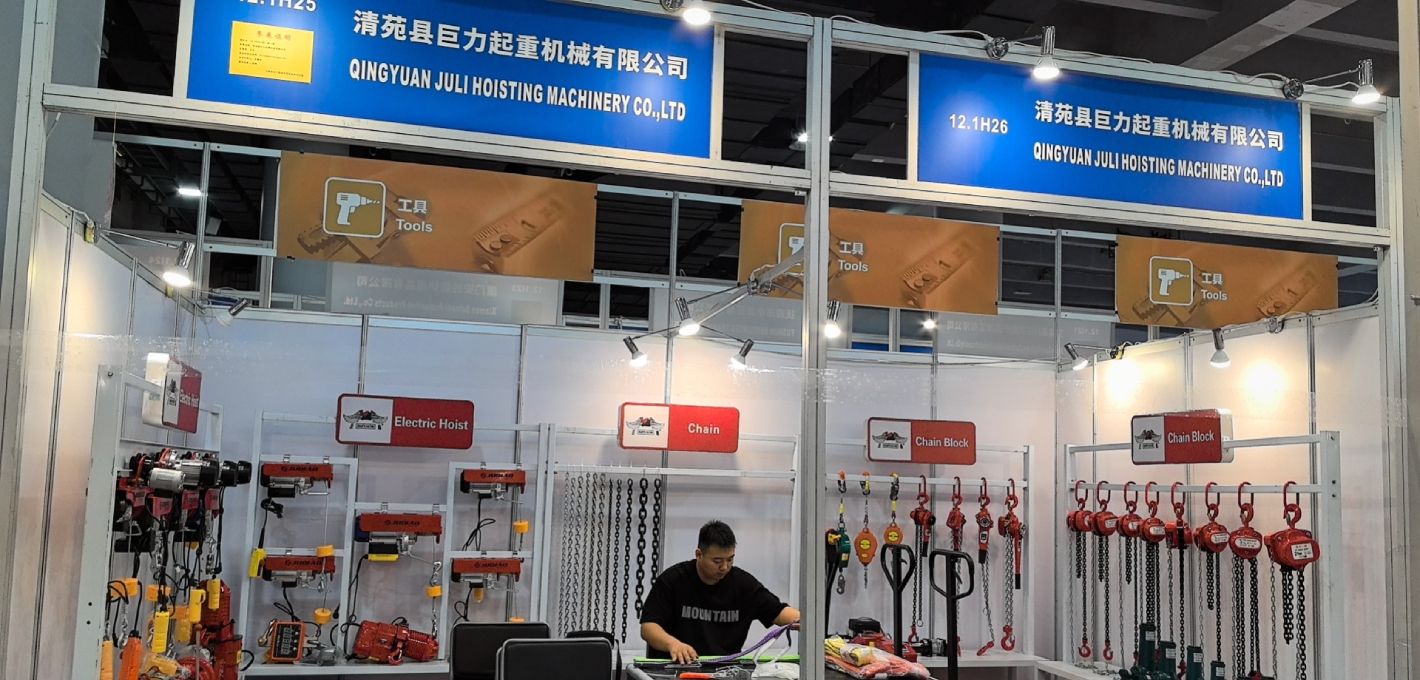


Fall Protection Equipment Ensuring Safety in the Workplace
In various industries, especially construction, maintenance, and manufacturing, the risk of falls is a significant safety concern. Fall protection equipment plays a crucial role in ensuring the safety of workers at heights. This equipment not only protects workers but also promotes a culture of safety and compliance in the workplace.
At its core, fall protection equipment is designed to prevent injuries and fatalities resulting from accidental falls. There are several types of fall protection systems, each serving a specific purpose. The most common categories include personal fall arrest systems (PFAS), guardrails, safety nets, and positioning device systems.
Personal fall arrest systems are widely used in situations where workers must work at elevated heights. These systems typically consist of a full-body harness, lanyards, and an anchorage point. The harness is worn by the worker and is designed to distribute the forces experienced during a fall over the body, reducing the risk of injury. Lanyards connect the harness to the anchorage point, which could be a secure structure or a temporary anchor installed on-site.
Guardrails are another essential form of fall protection. They serve as a physical barrier that prevents workers from unintentionally falling off edges or openings. Installed around platforms, roofs, and other elevated surfaces, guardrails should comply with specific height and strength regulations to ensure maximum protection.

Safety nets provide an alternative for fall protection in areas where other systems may not be feasible. These nets are installed below the work area and are designed to catch falling workers or materials. They are particularly effective in construction sites with multiple levels, offering an additional layer of safety.
Positioning device systems allow workers to be supported on an elevated surface while maintaining hands-free access to their work. These systems typically involve a combination of harnesses and ropes that allow workers to maneuver while being secured.
Choosing the appropriate fall protection equipment is paramount and should be based on the specific risks associated with each work environment. Employers must also provide proper training to ensure that workers understand how to use the equipment effectively, maintaining safety standards.
In conclusion, investing in appropriate fall protection equipment not only safeguards workers but also enhances overall productivity and morale. By prioritizing safety, companies can create a safer working environment and reduce the risk of accidents and injuries, ultimately leading to better business outcomes.



